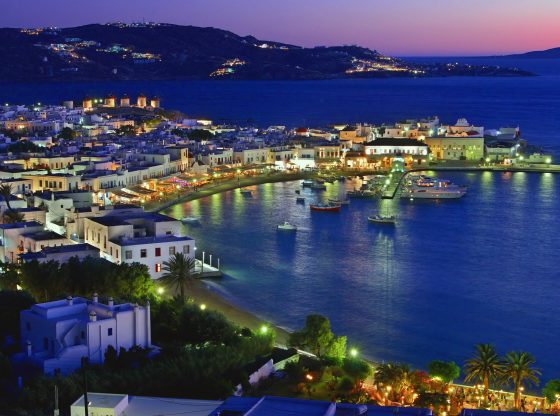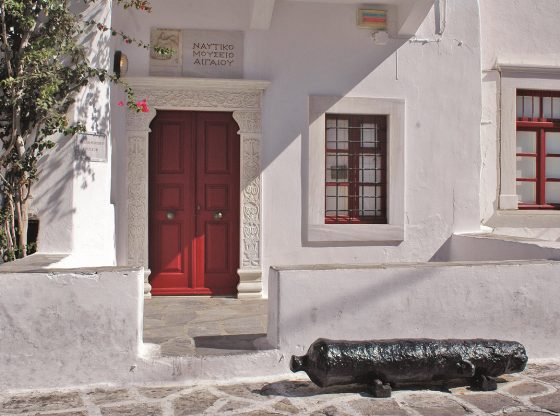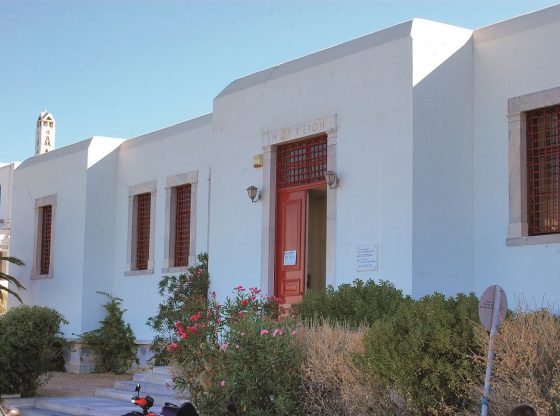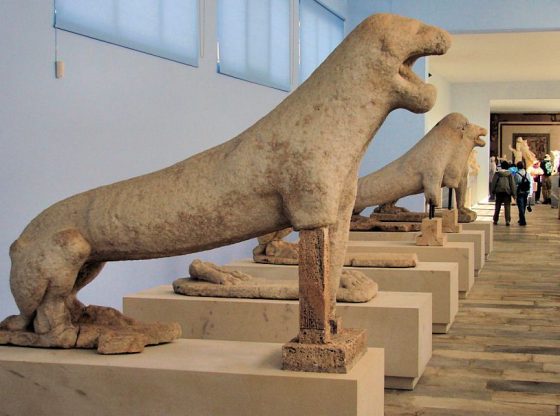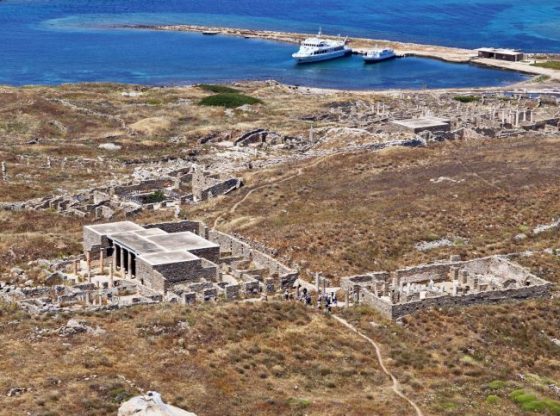Although one of the smallest islands of the Cyclades complex, Mykonos is definitely the most famous, thanks to its treasure of natural beauty, rich history, cosmopolitan character combined with a wild nightlife, as well as plenty of local color. A dry, arid island, it is covering an area of barely 90 square kilometers and it is situated in the middle of the Aegean, about 94 nautical miles from Piraeus port.
The island’s landscape is a symphony of blazing bare rock, blinding white peasant architecture and, in contrast to its small size, numerous lacy stretches of the most beautiful sandy beaches, all these accentuated by the wonderful Mediterranean light and set against the deep blue background of the Aegean.
Today it is estimated that the population amounts to 11.000 people (4,000 are foreign residents), who have a reputation of being friendly, tolerant to the island’s wild lifestyle, and very adaptable to changes.
Mykonos owes its name to the son of the King of Delos.
According to the mythology, Hercules, in one of his twelve tasks, killed the Giants and threw them into the sea where they petrified and turned into huge rocks, forming the island of Mykonos.
During ancient times, Mykonos, due to its proximity to Delos, which was then highly populated, became very important as a supply island. The short 2-kilometer distance between the islands was frequently travelled, since religious rules specified that no one should be born or die on Delos.
Around the time of Alexander the Great the island became a commercial centre for agriculture and maritime trade.
In 1207, like the rest of the Cyclades, Mykonos came under Venetian rule which lasted until 1537, when the Turks dominated the islands along with the rest of Greece. The inhabitants were great sailors, so they provided important help to the Greek Revolution against the Turkish yoke, in 1821, offering 22 ships, crew and ammunition. After the country’s independence in 1830, the island’s economy and commercial power were slowly but steadily reestablished.
In the period between World War I and II, visitors were attracted here mainly by the archaeological site of Delos. During the ’50s, modern-day tourism started to grow, along with the island’s population, but it was in the following two decades of the ’60s and the ’70s that, thanks to the likes of Jackie O and numerous other jetsetters, the island was turned into one of the most cosmopolitan holiday resorts of the Mediterranean, if not of the world.
Attracting people from A-listers and millionaires to backpackers and ravers, it is still at the height of its popularity, and the amazing thing is that, despite its rapid development and numerous, as well as drastic changes, it has managed to preserve its color and character intact.


